Employer Strategies for Sustainable Benefits
In 2025, employers are projected to face significant increases in health care costs, impacting both their financial strategies and employees’ out-of-pocket expenses.
Projected Cost Increases:
- Mercer Survey: Employers anticipate a 5.8% rise in health benefit costs per employee in 2025, marking the third consecutive year of increases above 5%. This trend is attributed to factors such as higher medical service prices, increased utilization, and the introduction of expensive medications like GLP-1 drugs. (source)
- Aon Analysis: An analysis from Aon projects a 9% increase in employer sponsored health care coverage costs in 2025, surpassing $16,000 per employee. This is a significant rise from the 6.4% increase experienced from 2023 to 2024. (source)
- PwC Projection: PwC’s Health Research Institute forecasts an 8% year-on-year medical cost trend for the group market in 2025, driven by inflationary pressures, prescription drug spending, and behavioral health utilization. (source)
Contributing Factors:
- Prescription Drug Costs: The introduction of high-cost medications, including GLP-1 drugs, is a significant drive of increased health care expenses. (source)
- Behavioral Health Services: There is a notable rise in the utilization of behavioral health services, contributing to higher overall health care costs. (source)
- Catastrophic cancer cases: It’s the severity of cancer cases in an employer’s workforce, which have become so expensive for employers, versus the frequency of cancer cases. In fact, an IQVIA Institute for Human Data Science reports shows that the median annual cost for new oncology medicines launched in tens of thousands more than it was a decade ago. (source)
Employer Strategies:
To manage these escalating costs, employers are considering several strategies:
- Cost-Sharing adjustments: Employers may increase employee contributions through higher premiums and deductibles. For example. Aon’s survey indicates that employers plan to raise employee contributions by an average of 5.9% in 2025. (source)
- Plan design changes: Employers are exploring modifications to health plans to control costs, such as implementing high-quality networks and centers of excellence. (source)
- Consider level-funded plans: Level-funded plans are a hybrid between fully insured and self-funded models. Employers pay a consistent monthly amount covering administrative costs, stop-loss insurance, and a claims fun. If actual claims are lower than expected, employers may receive a refund of the surplus. (source)
- Adding first dollar coverage: First dollar coverage reduces employees’ out-of-pocket costs by covering certain medical services before the deductible is met.
Response & Action
In response to the projected rise in healthcare costs for 2025, employers must proactively implement cost-containment strategies to balance financial sustainability with competitive employee benefits.
By adjusting cost-sharing mechanisms, optimizing plan designs, considering level-funded options, and incorporating first-dollar coverage, employers can help manage rising expenses while maintaining access to quality healthcare.
Proactive measures, such as promoting preventive care, leveraging high-value provider networks, and addressing high-cost prescription drug spending, will be critical in mitigating cost increases and ensuring long-term affordability for both employers and employees.


